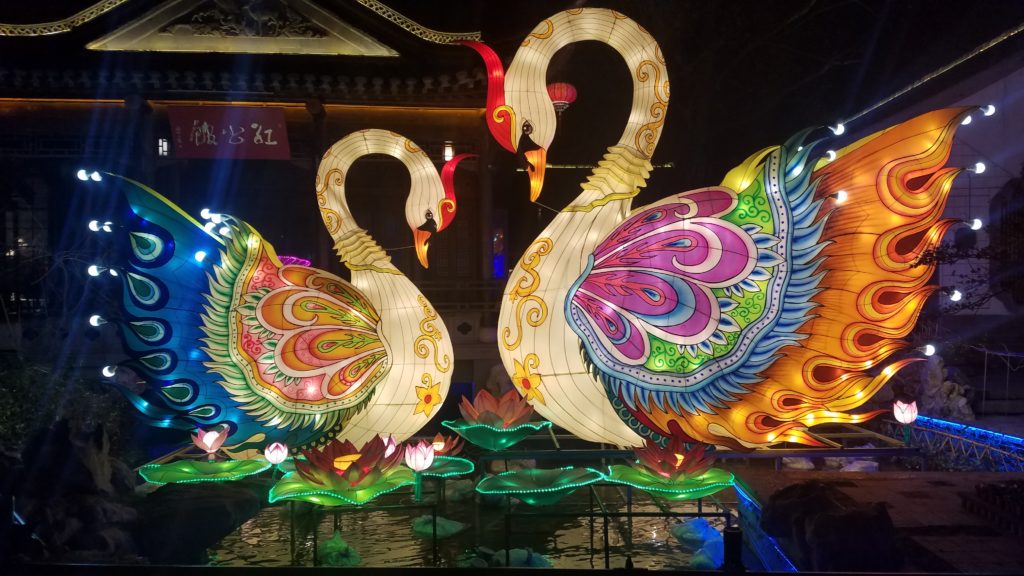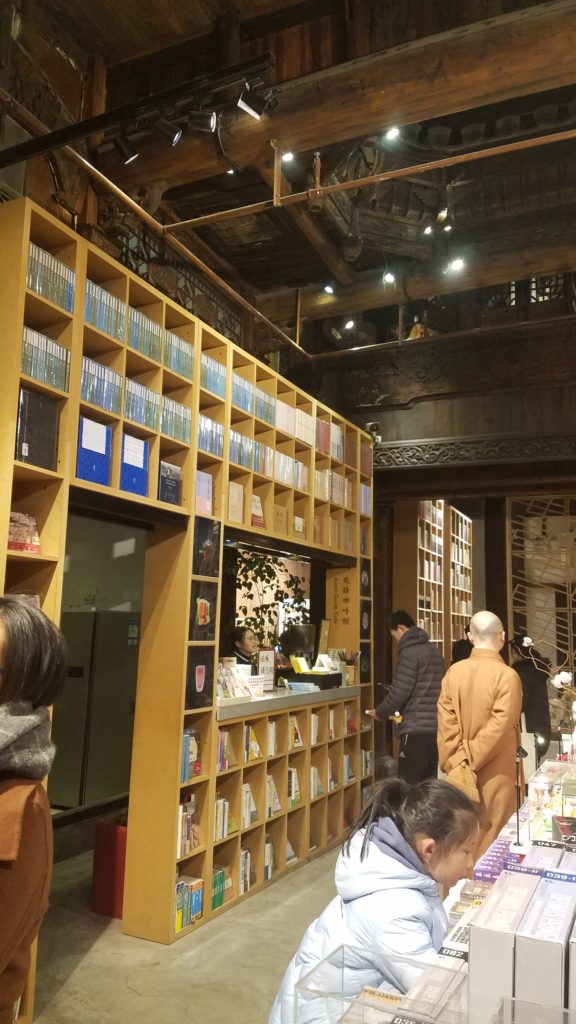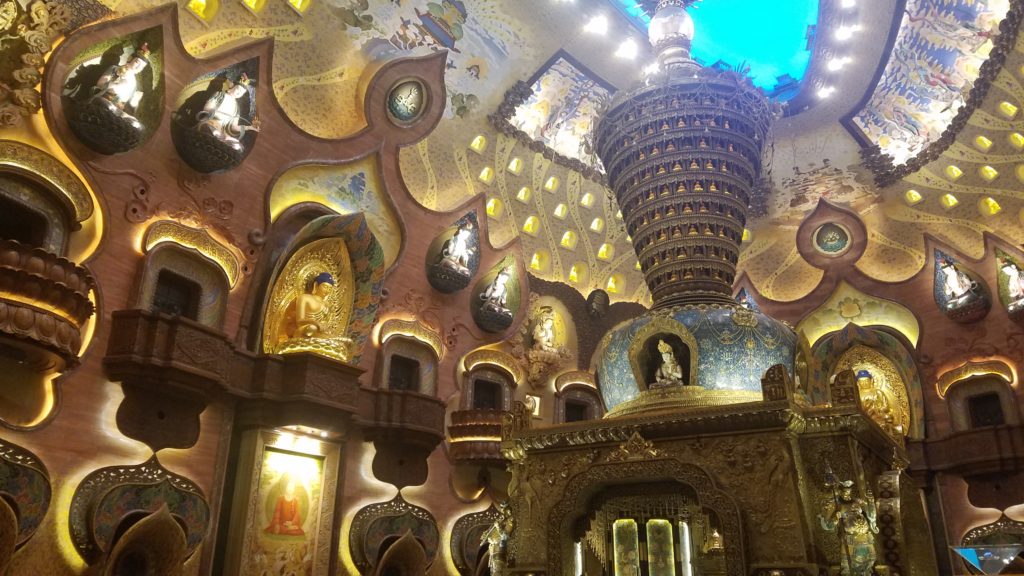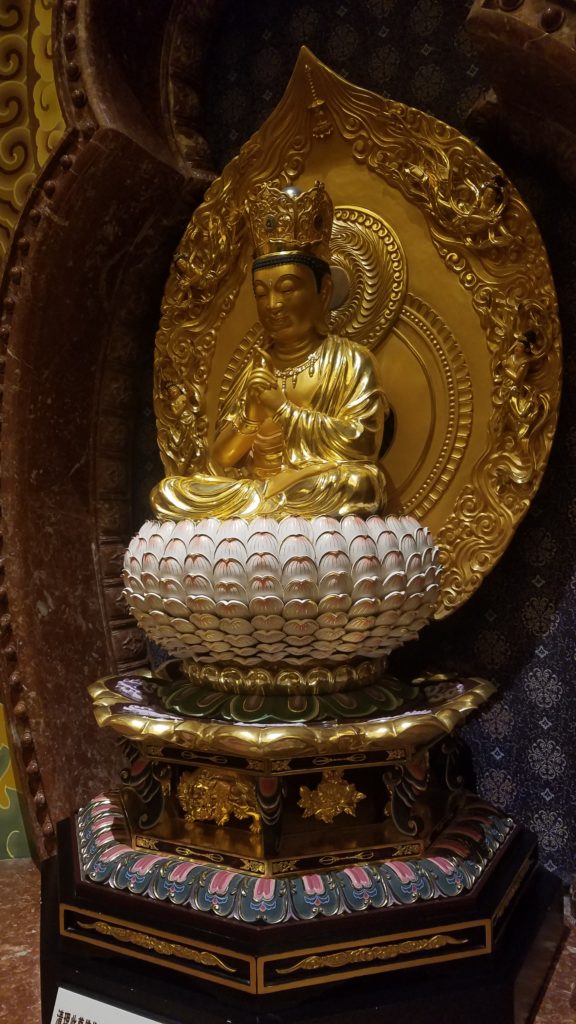I know I’m skipping a lot of Nanjing experiences by jumping to the departure. In between, there were countless memories of meals, chores, and outings that made me feel like a part of the family at Tianlong Temple.
But the departure came quick. It came one day after I called to tell my mom, “I’m staying in China.”
It was immediate. It was unexpected. It was, from my current perspective, fortuitous.
I logged into my computer one afternoon and noticed that the flights from Nanjing to Portland had dropped drastically (likely due to the coronavirus outbreak). While I did not feel like I was in danger at the monastery, the price had dropped so low that I was tempted to fly home, even if I would need to return to China in a few weeks. And at the time, I was thinking that it would all blow over in just a few weeks.
I purchased my plane ticket on Monday with an expectation that I would fly on Thursday, for under $400.
My friends were taken aback when I broke the news.
“Don’t you think you’ll be more at risk at the airport than here?” they asked.
I nodded. It would be more of a risk to spend nearly 24 hours on a harrowing trans-pacific flight with people from all over China. But at the same time, it was cheap, and in the days after I purchased the ticket, the situation deteriorated rapidly.
I purchased my ticket as soon as I received a message from Fulbright saying that we would not be in violation of our contract if we temporary left China. The day before my flight, Fulbright changed their stance to “leave as soon as possible,” although at that point, flights had been cut and severe travel restrictions imposed.
These sudden warnings led me to think that I made the right decision in purchasing a plane ticket out, but alas that was not the end of my ordeal.
In the days leading up to my flight, there were unexpected cancellations of my connecting flight from Nanjing to Beijing, forcing me to reschedule to Friday, January 31. After a few stressful midnight correspondences with United Airlines, I was finally set to fly.
Due to all the rescheduling, my leisurely afternoon flight had turned into an early-morning departure from Nanjing. The night before, my friends scurried around to get me ready for my 21-hour itinerary.
“It’s fine,” I told them. “I’ll just pick up a McMuffin and some hashbrowns at the airport.”
I knew that wouldn’t stop them.
I woke up the next morning and brought my suitcase downstairs. Three monks stood waiting for me. I checked my phone; I was 5 minutes early.
“Stay safe,” one said. “I had Huiting steam you some buns.”
He handed me a brown bag, its steam escaping into the frosty air. I thanked him and grabbed it, feeling its warmth in my numb hands.
It was not a particularly emotional farewell. We all knew we’d see each other again. Being a man involved in temple life instantly makes one part of a tight-knit community. After all, women in the Taiwanese Buddhist world outnumber the men nearly 5 to 1. And so, with only a handful of guys in this sphere, it would only be a matter of time before we crossed paths again.
There were no cars on the street as we drove to the airport. Granted, it was close to 5 am and most workplaces were closed for the New Year anyways. I ate my buns and noticed a surprise at the bottom of the bag—a pouch of heated soy milk.
That was my last home-cooked meal in China. After arriving at the airport, it was either plane food or instant noodles.
After I returned to the US, I read a NYT article about the experience of a foreign exchange student from Portland, and I felt like the framing of his ordeal was sensationalized and lacked any sense of context.
Upon arriving at the airport, everybody was wearing a surgical mask. While this might be unsightly to those unfamiliar with it, I had spent enough time in Japan and Taiwan to become accustomed to it. Upon entering, I put on the masks the temple had provided me, and walked inside.
We were made to wait by the door while airport security took our temperatures. Everybody in our batch was okay, and we walked in. Despite the panic going around all over the country—and the world—I felt like I was in the eye of the storm. In this bustling airport, I didn’t hear a single cough. And should anybody cough, the masks we wore would theoretically cover a lot of the droplets.
The flights were smooth, and despite my six-hour layover in Beijing, I managed to keep myself entertained with their free wifi. On the plane from Beijing to San Francisco though, I realized how woefully unprepared Americans were.
The crew—all self-proclaimed native San Franciscans—wore masks like the rest of us, except they did not seem to understand the purpose of the masks. One pulled her mask down to talk to an elderly man, who shirked away and cringed as she did so. Another fellow felt that his mask was too restricting and only covered his mouth, leaving his gaping nostrils wide open—ready to spread and receive droplets of potentially infected body fluids.
In the US, a lot of people are uncomfortable with both the look and the feeling of face masks. Even my mom said she tried it for about fifteen minutes before deciding that it “probably wouldn’t work anyways.” This sentiment, shared by quite a few of my friends who post about the issue on Facebook, is a fact-defying act: studies have shown that depending on the type of mask used, SARS transmissions were reduced by 68 to 91%. Given that both SARS is also a coronavirus, it would be wise to develop good mask-wearing habits on a plane full of people from various parts of China, but it seems like Americans care more about comfort than safety.
And while I think the chance of coronavirus transmission in the US is so low that wearing a mask wouldn’t make much of a difference (you wouldn’t catch it anyways), I do think that mask-wearing habits coupled with good hand-washing would surely limit the extent of flu and cold cases.
But rather than worry about issues in our own backyard—are threatening American lives—attention is redirected to the potential dangers of a foreign germ.
There have been many articles on the harassment and prejudice Asians have faced in recent months due to the coronavirus scare, but as an Asian who did in fact come from China, the moment I was worried most—the moment I decided that I needed to wear a mask—was when I boarded the flight from San Francisco to Portland.
Despite the silence and general feeling of safety I experienced in China, landing in San Francisco made me realize how low our sense of caution is, considering that it’s both flu season and that there’s a viral outbreak going on.
Nobody wore masks, and through social pressure, I felt like I should take mine off too, lest I get heckled for being a suspicious Asian man wearing a mask.
But then I decided that social pressure was no reason to catch a cold from the cacophony of coughs and sneezes around me. I had a sneezing toddler (who did not cover his droplets) behind me, a coughing grandmother in front of me, and a few middle-aged men with runny noses just to my right.
If got sick, it wouldn’t be because of China’s coronavirus. It would be because of America’s cold and flu season.
(It’s been nearly a month since I got back from China, and despite my parents both coming down with a cold and recovering, I haven’t even let out a sneeze.)



